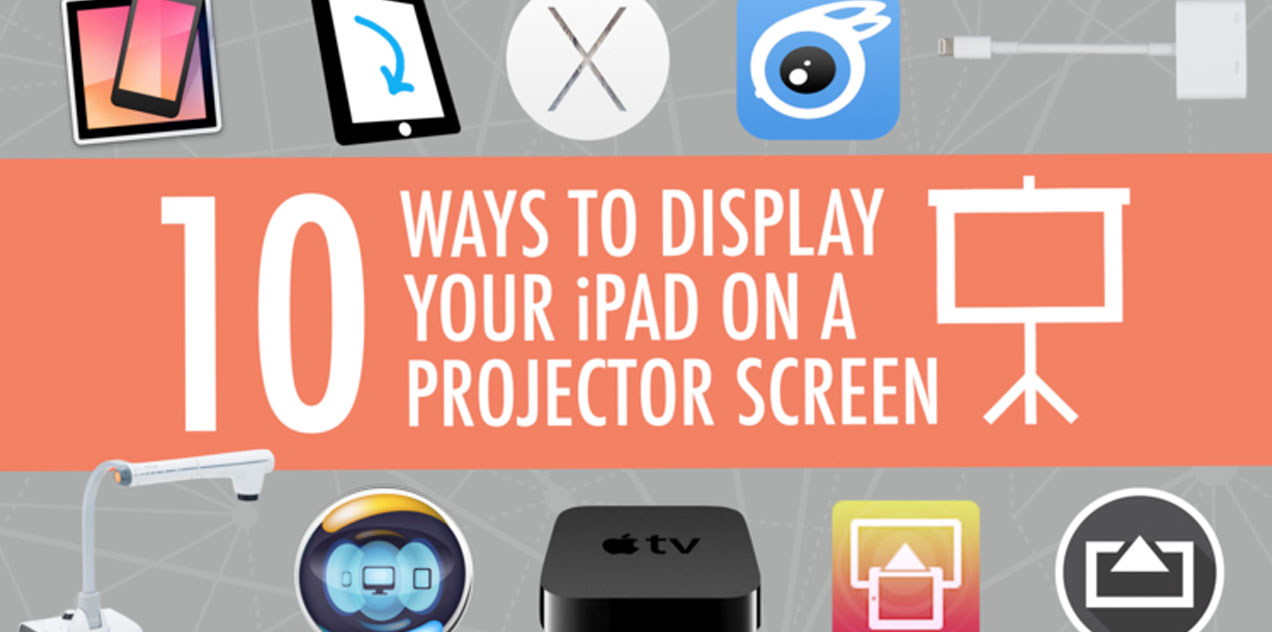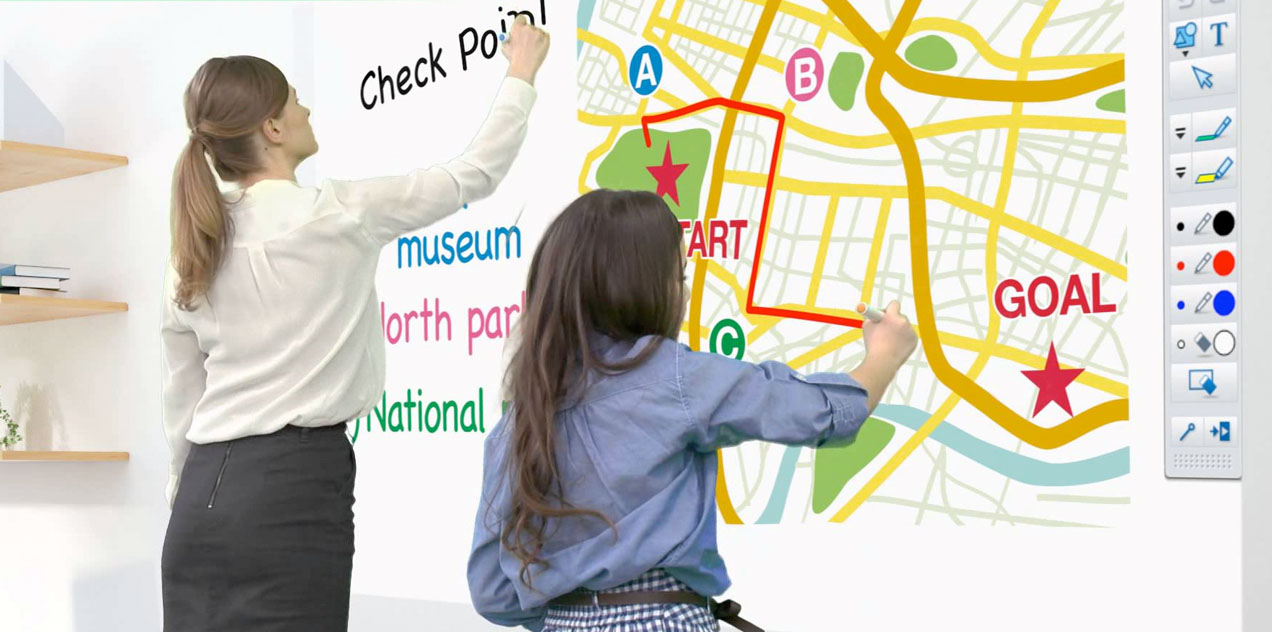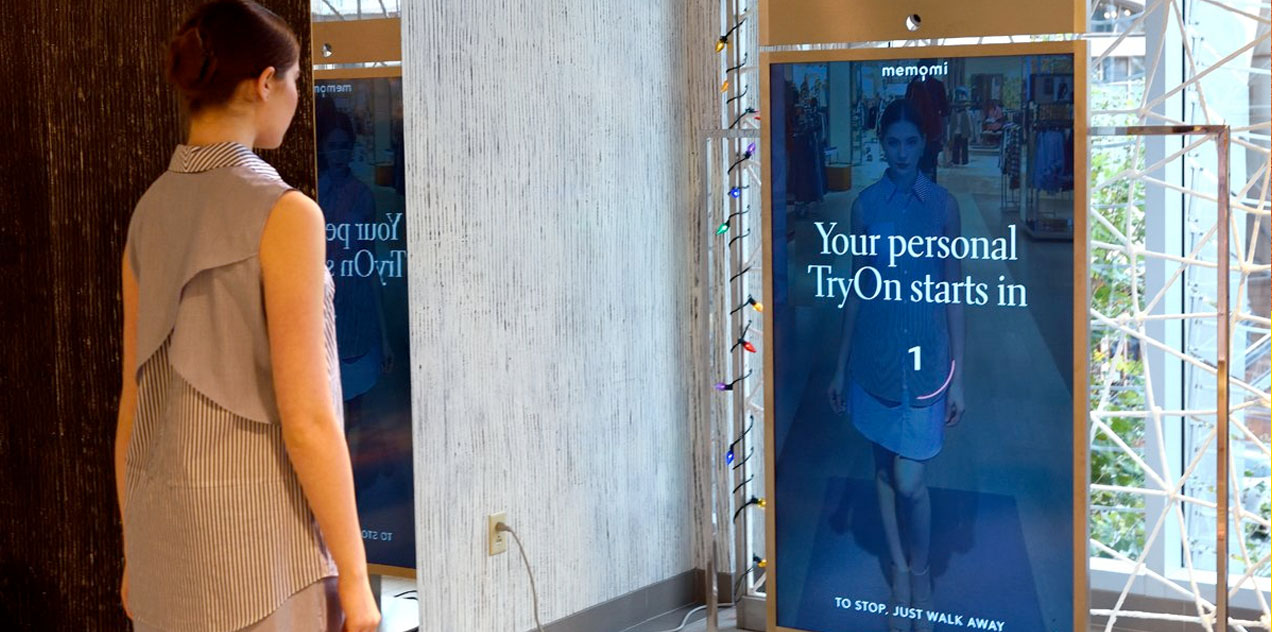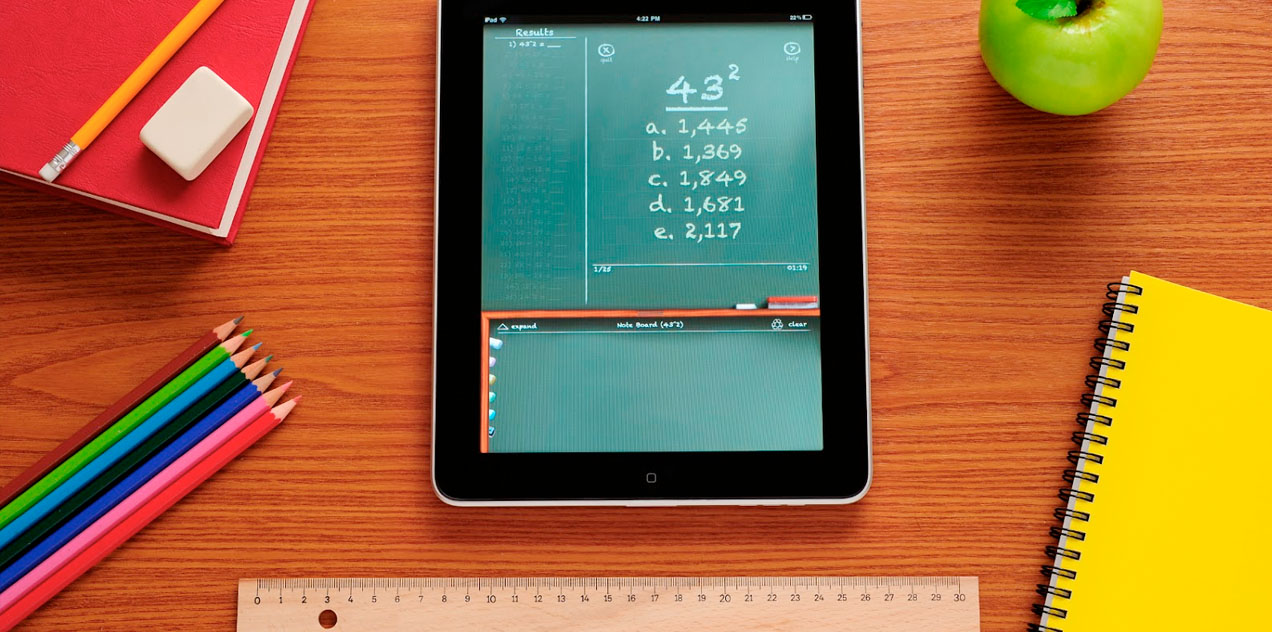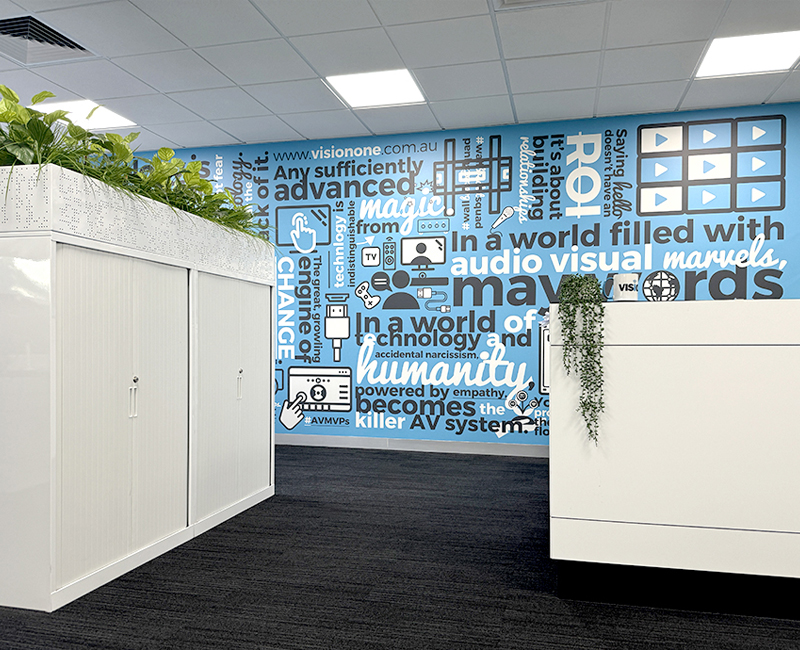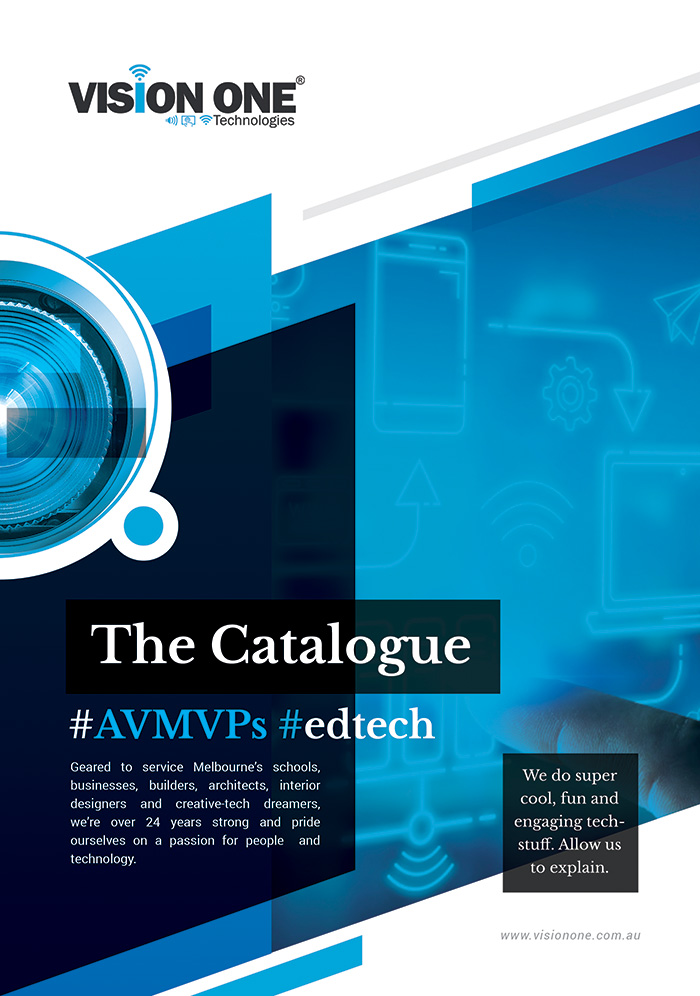Spending on Audio Visual Solutions to Surge
Infrastructure developments and the mega projects in the region are boosting spending on audio visual...
10 Ways to Show Your iPad on a Projector Screen
Projecting your iPad on a large screen is great for demonstrations, simulations, explanations, and showing...
Technology in Education: A Future Classroom
We've all come to learn how impactful technology is on the classroom. Often, when teachers...
Neiman Marcus tries on digital signage MemoryMirror
Luxury fashion retailer Neiman Marcus has started rolling out its MemoryMirror by MemoMi — a digital...
8 Things to Look for in Today’s Classroom
The integration of technology in education can often offer a strenuous challenge for some adopters....
Technology should serve as a tool for better education, not replace the human interaction
New technology should serve as a tool for a better education, though the human being...

